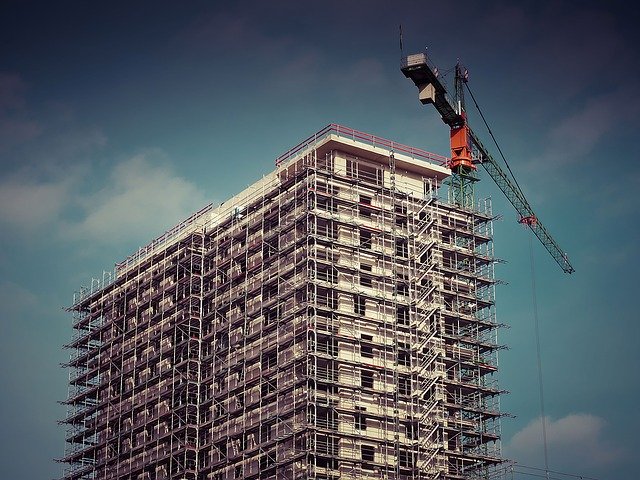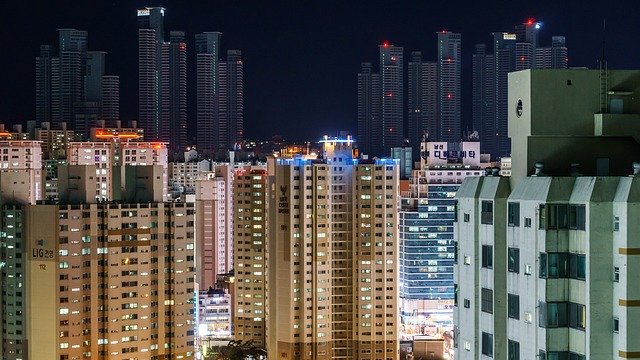Because of climate change and resource depletion, it is well past time for real estate owners and investors to adopt sustainable practices. Studies have shown that buildings such as multifamily properties account for 36 percent of the world’s energy consumption, and 40 percent of the carbon dioxide emissions. That has led in recent years to a marked increase in the number of green structures dotting the landscape.
That has been particularly evident in Chicago, which has 20,600 apartments that meet the certification standards of LEED (Leadership in Energy and Environmental Design), more than any other city. Additionally, Illinois outpaced all other states in the amount of green construction in 2018 (68.13 million square feet), and Evanston, Ill. — just outside Chicago — had the nation’s second-largest share of LEED-certified apartments (30 percent). Only McLean, Va. (47 percent) had more.
Nationwide, there was a steady climb in the number of LEED-certified apartments built between 2012 and 2016, when it peaked with 50,300. The total dipped each of the next two years (as did overall apartment construction), but the 2018 output — 42,900 — was still 283 percent greater than it had been a decade earlier.
Eco-friendly practices have long been standard operating procedure in Europe; indeed, 72 percent of the citizenry says they favor such things. American Millennials are likewise on board with that line of thinking, and they have seen in recent years the adoption of such things as the Green Lease Leaders program (2014) and Fannie Mae’s Green Rewards program (2016).
The first of those established national parameters for green leases, under which tenants and property owners share the costs and benefits of water and energy efficiency. It led to such things as the creation in October 2014 of Boston’s Green District, featuring eight buildings equipped with solar panels, car-charging stations and extensive bike storage facilities, among other amenities. And to date the program encompasses some 1.8 billion square feet of commercial, industrial and retail real estate.
The Fannie Mae program, meanwhile, stipulates reduced interest rates for those property owners who meet certain eco-friendly standards, and in 2017 some $27.6 billion in financing was doled out to those with such holdings.
All of this begins, of course, on a grass-roots level. With renters who understand what is at stake and ask the correct questions about a property’s energy costs and efficiency before they ever sign a lease. Who seek out places featuring smart technology, which can control such things as thermostats and lights. And who make the necessary changes once they move in — i.e., installing low-flow shower heads and weather stripping around doors and windows, doing the requisite recycling, etc.
Yes, it requires an effort on the part of all who are involved. But everybody stands to benefit, in more ways than one.





